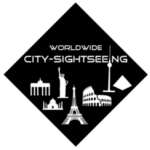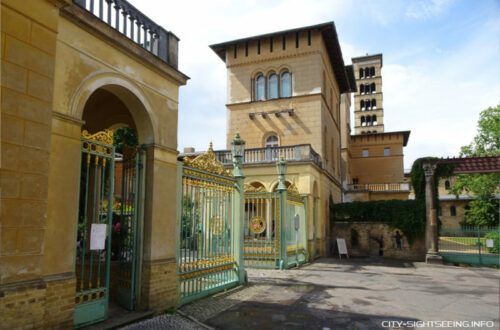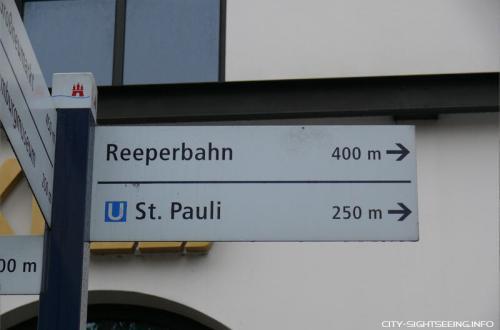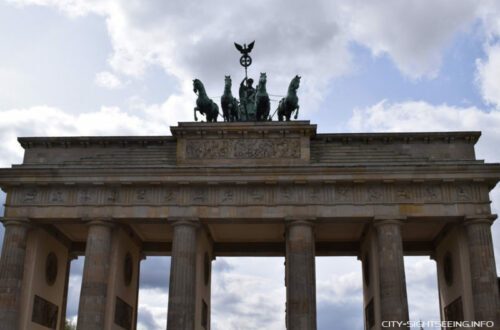Orangery
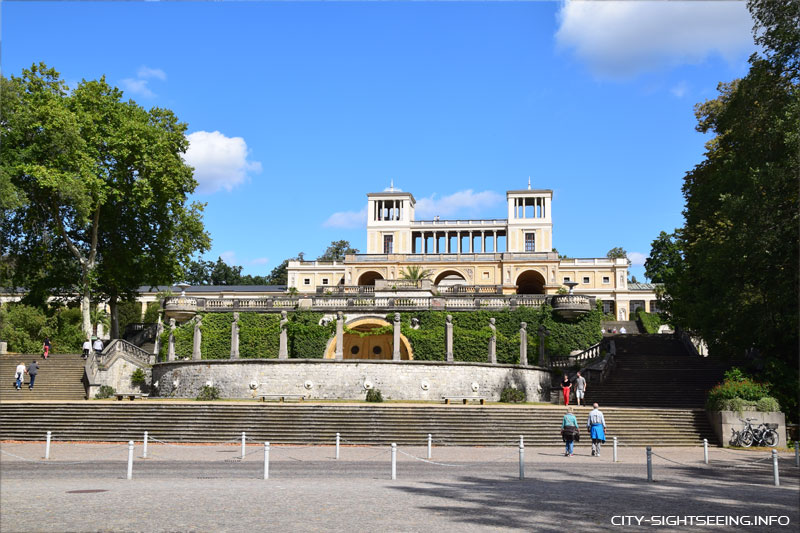
The orangery or the orangery palace in Sanssouci Park is one of the great sights of Potsdam. It is an Italian Renaissance style palace and is located northwest of Sanssouci Palace in the park.
Table of Contents
Orangery in Sanssouci Park in Potsdam | Construction and architecture
From 1851 to 1860 orangery in Sanssouci Park was built by Ludwig Persius on behalf of Friedrich Wilhelm IV. The Italian Renaissance is reflected in the 330 m long building. The western, left side wing was used to house the tropical plants in winter. The right wing was equipped with five guest rooms. In addition, the orangery has a hall, the Raffael hall in the central building.
The Orangery Palace was built in the style of the Italian Renaissance based on designs by the architects Friedrich August Stüler and Ludwig Ferdinand Hesse. Friedrich Wilhelm IV made the sketches for this himself. The Orangery Palace is also called the New Orangery.
Raffael Hall in the Orangery
One of the highlights is the Raffael Hall in the central building. It is very similar to the Sala Regia in the Vatican in Rome. This was equipped with 67 copies of the renaissance painter Raffael and was named after him. In the western part there is a tower that offers a view of the New Palais or the Belvedere.
Other rooms in the orangery
The orangery has two side wings, which have five (guest) rooms. The guest rooms are also furnished with paintings, sculptures and handicrafts. But these are mainly by German artists from the mid-19th century. The kings of Italy and Romania as well as the Shah of Persia are said to have lived in the guest rooms.
Room in the east wing
Lapis lazuli room
The lapis lazuli room is adjacent to the east. It is the anteroom to the Malachite room. It takes its name from the dominant blue of the upholstered chairs and curtain fabrics with gold decorations, which have been matched to the color of the blue gem.
Malachite room
The Malachite room was intended as a living room and bedroom. The name of the room comes from the numerous objects made from malachite. The fireplace in the Malachite room was a gift from the Tsar.
Room in the west wing
Amber or ivory colored rooms
Similar to the lapis lazuli room, this is the anteroom of the room. The name comes from the ivory-colored wooden paneling on the walls, decorated with gold ornaments, and the amber work on the mirror frames and table tops.
Boulle room
The adjoining Boulle room was a living room and study. The name giver for the room is the cabinet maker André-Charles Boulle, because the room is furnished with the Boulle furniture from which it is named. Otherwise the Boulle room resembles the Malachite room. Here, too, the wall and ceiling design is designed with red silk damask-covered wall surfaces and the white lacquered wood paneling in the lower area.
Green bedroom
With a white lacquered wood paneling with applied gold ornaments made of classical palmettes and acanthus leaves as well as flower ornaments in the Rococo style, the green bedroom served as a guest room and bedroom.
Address
An der Orangerie 3-5, 14469 Potsdam
Potsdam & Park Sanssouci Tours, guided tours and tickets
Weiteres / More:



